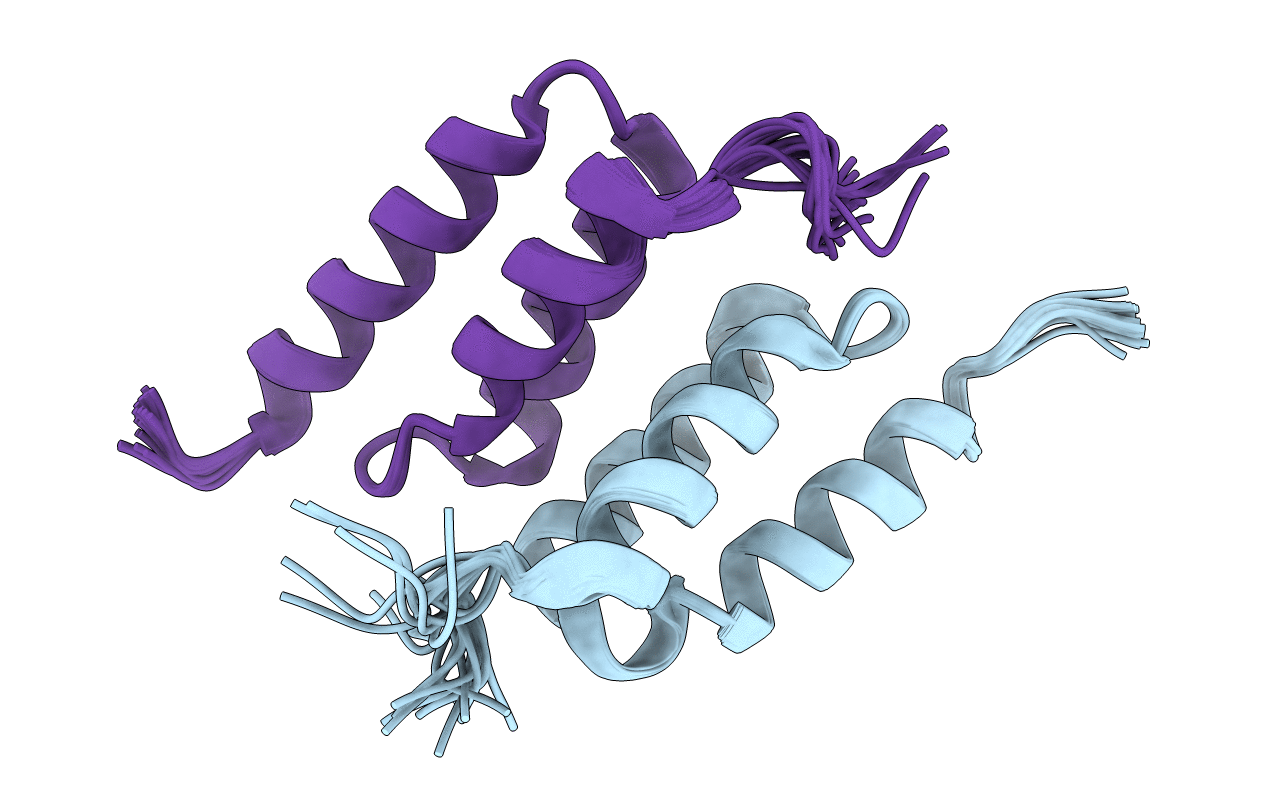
Deposition Date
2013-02-19
Release Date
2013-08-21
Last Version Date
2024-05-01
Entry Detail
Biological Source:
Source Organism:
Staphylococcus aureus (Taxon ID: 1280)
artificial gene (Taxon ID: 32630)
artificial gene (Taxon ID: 32630)
Host Organism:
Method Details:
Experimental Method:
Conformers Calculated:
50
Conformers Submitted:
20
Selection Criteria:
back calculated data agree with experimental NOESY spectrum


